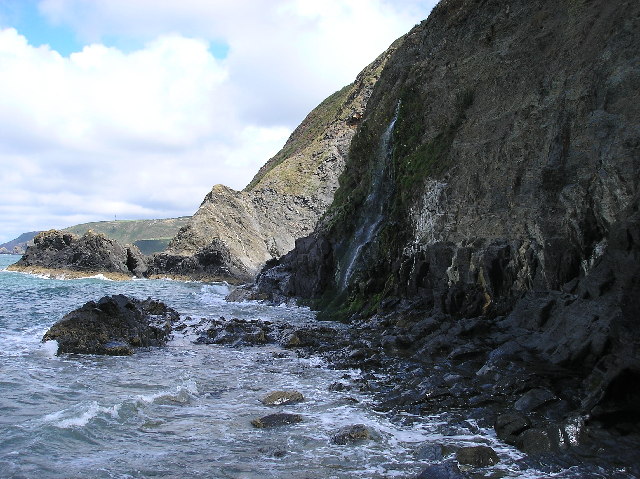Dyffryn-bern
Settlement in Cardiganshire
Wales
Dyffryn-bern

Dyffryn-bern is a small village located in the county of Cardiganshire, Wales. It is situated in a rural area surrounded by lush green fields and rolling hills. The village is known for its picturesque scenery and peaceful atmosphere, making it a popular destination for those seeking a quiet retreat.
The village is home to a tight-knit community of residents who take pride in their surroundings and work together to maintain the beauty of the area. Dyffryn-bern is also known for its traditional Welsh culture, with many residents speaking the Welsh language and participating in local events and festivals.
In terms of amenities, Dyffryn-bern is relatively small, with a few local shops and pubs providing basic services to residents. The village is well-connected to nearby towns and cities, making it easy for residents to access additional amenities and services.
Overall, Dyffryn-bern is a charming village that offers a peaceful and idyllic setting for those looking to escape the hustle and bustle of city life and immerse themselves in the beauty of the Welsh countryside.
If you have any feedback on the listing, please let us know in the comments section below.
Dyffryn-bern Images
Images are sourced within 2km of 52.130465/-4.5142935 or Grid Reference SN2851. Thanks to Geograph Open Source API. All images are credited.

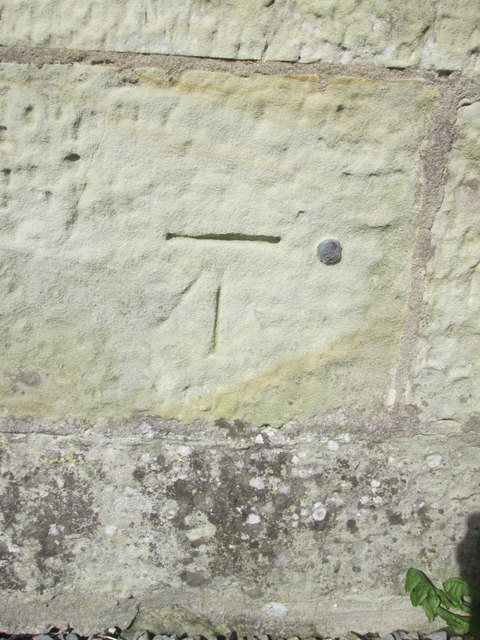


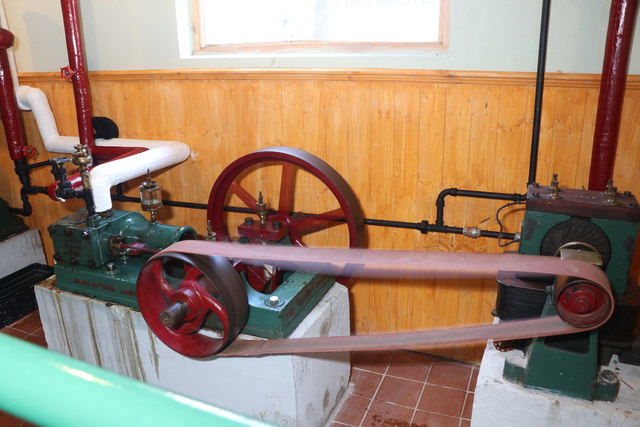

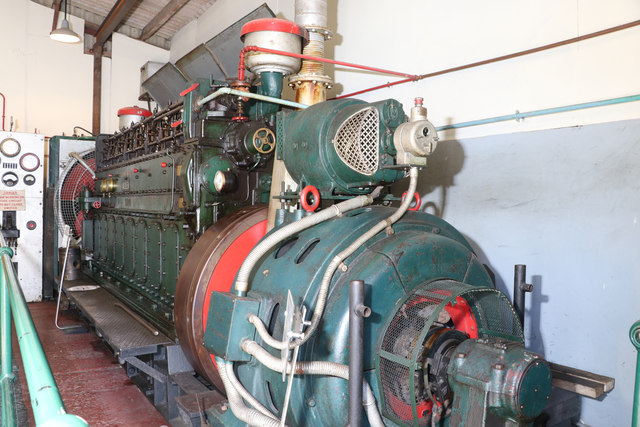
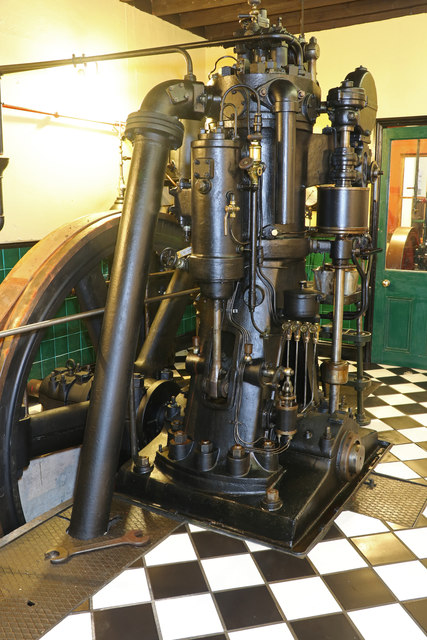




Dyffryn-bern is located at Grid Ref: SN2851 (Lat: 52.130465, Lng: -4.5142935)
Unitary Authority: Ceredigion
Police Authority: Dyfed Powys
What 3 Words
///yappy.assets.craziest. Near Aberporth, Ceredigion
Nearby Locations
Related Wikis
Tresaith
Tresaith (until recently, Treathsaith) is a coastal village in Ceredigion, Wales, between Aberporth and Llangranog. It is linked to the former by a two...
Dyffryn-bern
Dyffryn-bern is a small village in the community of Penbryn, Ceredigion, Wales, which is 72.4 miles (116.5 km) from Cardiff and 191.8 miles (308.6 km...
Penbryn
Penbryn (grid reference SN296520) is a small coastal village and community in Ceredigion, Wales, about 8 miles (13 km) from Cardigan. == History == �...
Tan-y-groes
Tan-y-groes (or Tanygroes) is a hamlet in the community of Penbryn, Ceredigion, Wales, which is 11 km (7 mi) east of Cardigan on the A487 trunk road....
Nearby Amenities
Located within 500m of 52.130465,-4.5142935Have you been to Dyffryn-bern?
Leave your review of Dyffryn-bern below (or comments, questions and feedback).





